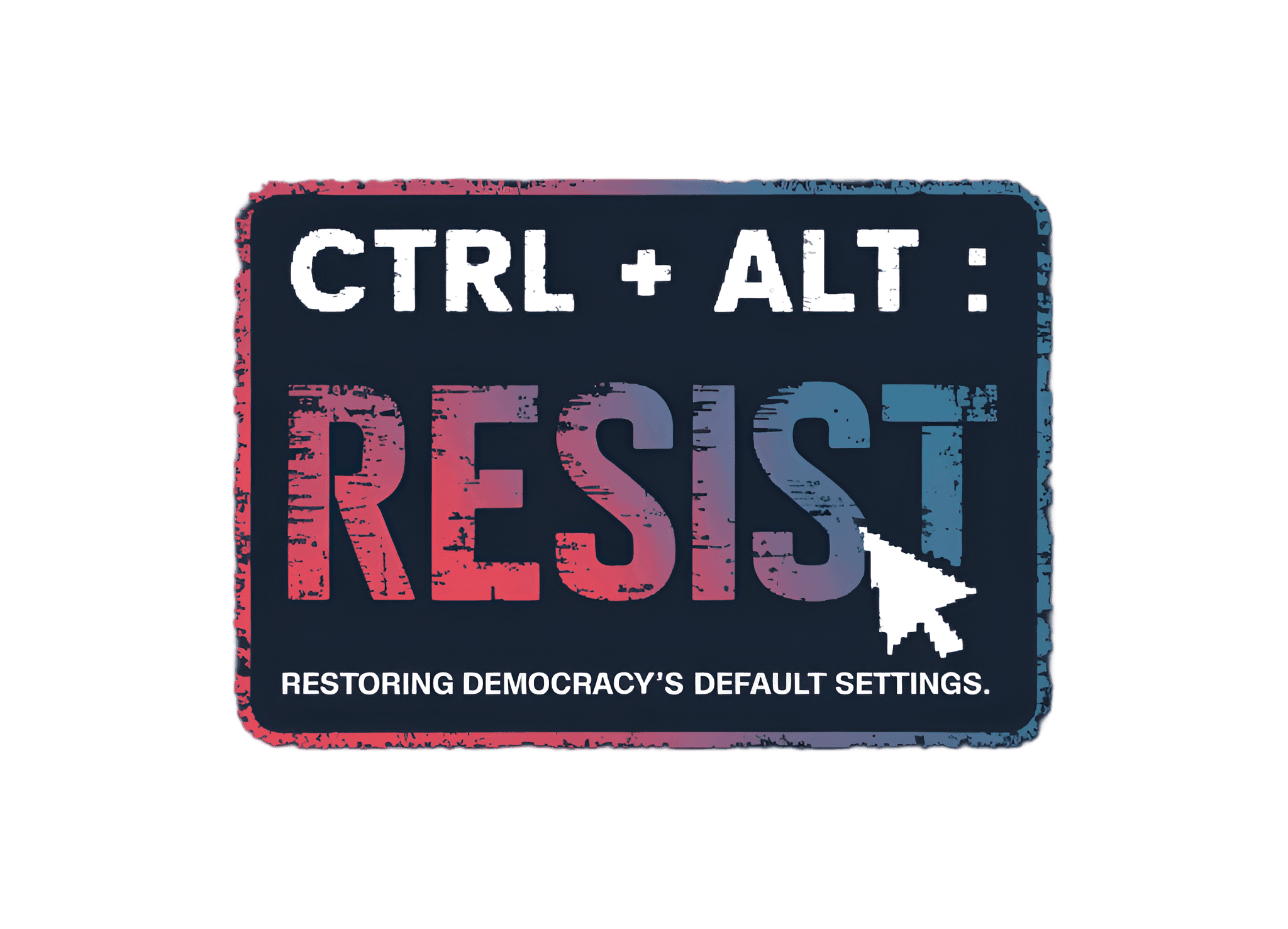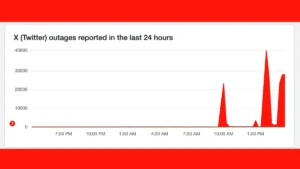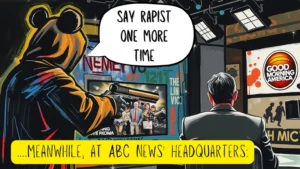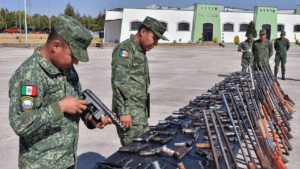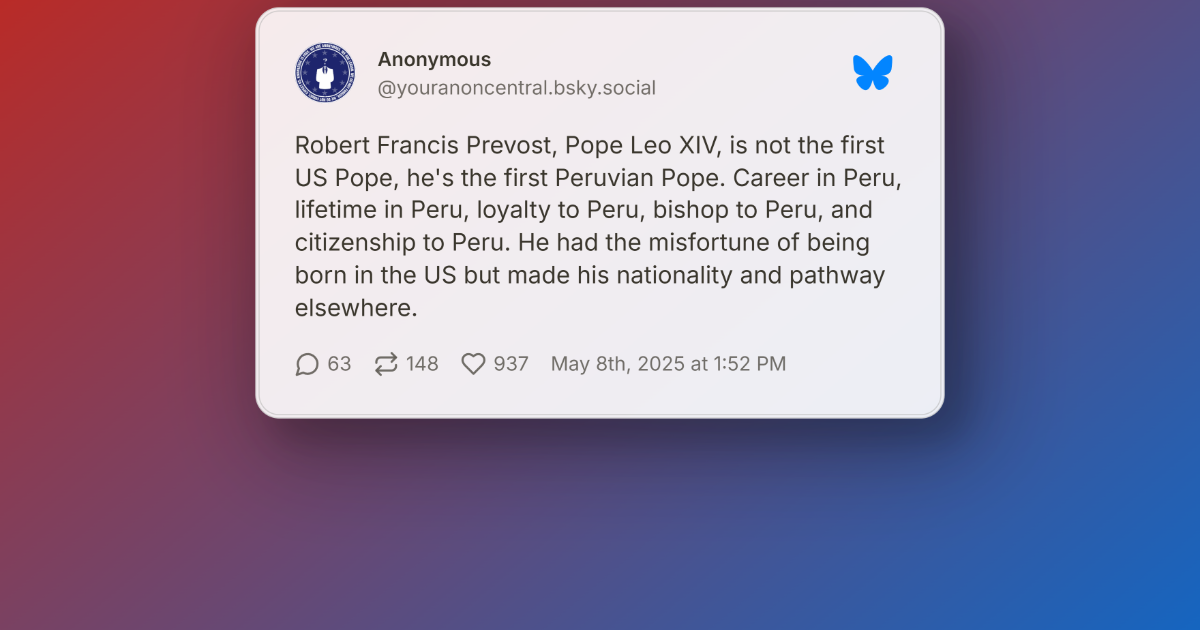
New Pope or Old Power? Why “Pope Leo XIV” Isn’t America’s Pontiff
Jump to:
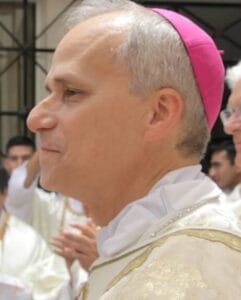 When the Vatican announced the election of Robert Francis Prevost as “Pope Leo XIV,” headlines across U.S. media crowed about the first “American Pope.” But beneath the banner copy lies a far less homegrown story. The new Pope spent virtually his entire ministerial life in Peru—he earned his stripes in Chulucanas, Trujillo and Lima, was naturalized there, and built his clerical career among Peruvian faithful. Labeling him America’s first pontiff isn’t just sloppy journalism; it’s a PR spin that obscures the true provenance of Pope Leo XIV’s worldview and loyalties.
When the Vatican announced the election of Robert Francis Prevost as “Pope Leo XIV,” headlines across U.S. media crowed about the first “American Pope.” But beneath the banner copy lies a far less homegrown story. The new Pope spent virtually his entire ministerial life in Peru—he earned his stripes in Chulucanas, Trujillo and Lima, was naturalized there, and built his clerical career among Peruvian faithful. Labeling him America’s first pontiff isn’t just sloppy journalism; it’s a PR spin that obscures the true provenance of Pope Leo XIV’s worldview and loyalties.Deconstructing the “American Pope” Narrative
“Career in Peru, lifetime in Peru, loyalty to Peru, bishop to Peru, and citizenship to Peru. He had the misfortune of being born in the US but made his nationality and pathway elsewhere.”
From the moment white smoke billowed over St. Peter’s, U.S. outlets rushed to celebrate a milestone: electing a native son to the Vatican’s highest office. But that narrative hinges on birthplace alone, ignoring decades of pastoral work—and political influence—rooted firmly in Latin America. As the anonymous post above pointed out, Prevost’s Peruvian formation is the story that truly matters.
Forged in Peruvian Context
Prevost entered the Congregation of Augustinian Recollects in Lima in the late 1970s, cutting his teeth on community outreach in Andean villages battered by economic upheaval and social unrest. Over thirty years, he led dioceses in Chiclayo and Trujillo, navigating indigenous land rights disputes, responding to clergy-abuse crises, and forging alliances with liberation-theology currents—however uneasy the Vatican might have been with their social-justice bent.
His formative years far from U.S. soil shaped not only his pastoral priorities but also his theological instincts: a preference for robust local authority, skepticism toward sweeping centralized reforms, and a doctrinal conservatism tinged with populist flair.
The “First Peruvian Pope” Case
By any substantive measure, Prevost checks more boxes as a Peruvian prelate than an American one. He took Peruvian citizenship in 1990, delivered homilies in Quechua, and presided over synods tackling Amazonian ecology—issues scarcely on the radar of U.S. dioceses. Calling him the “first Peruvian Pope” isn’t just pedantry; it reframes expectations.
U.S. Catholics hungry for sweeping progressive reforms on LGBTQ+ inclusion or women’s ordination should brace for disappointment. In Lima and Arequipa, Prevost earned a reputation as a guardian of doctrinal orthodoxy, consistently voting to tighten—not loosen—canonical restrictions.
Doctrinal DNA: What to Expect
A scan of Prevost’s public record shows little indication he’ll spearhead the sweeping changes some progressives hoped the “new Pope” might bring. On gender ideology, he’s backed Vatican statements denouncing “gender theory” as a threat to family and social cohesion. On reproductive rights, his diocesan statements side with Latin-American bishops who have bluntly condemned any form of legal abortion. And on clerical accountability, his track record in Chiclayo drew heated criticism for slow responses to abuse allegations—an echo of broader Vatican hesitancy.
Progressives hoping the new Pope would champion a paradigm shift will likely find his doctrinal DNA frustratingly familiar.
Shadows on the Throne: Unresolved Abuse Questions
Prevost’s tenure in Peru was not without controversy. Two case studies stand out: the 2005 Chiclayo allegations involving Fr. José Vásquez, and the 2012 cover-up claims against Fr. Miguel Yesquén in Trujillo. In both instances, survivors allege that diocesan authorities—including Prevost—prioritized institutional reputation over victim welfare.
While Vatican protocols have evolved since, the new Pope’s direct involvement in handling abuse cases raises urgent questions about his commitment to transparency and survivor support. American Catholics deserve answers before they invest their hopes in this so-called “new Pope.”
Media Myopia and U.S. Exceptionalism
Why does birthplace matter more than biography? Focusing on Prevost’s Massachusetts birth perpetuates a U.S.-centric view of Catholicism that ignores the Church’s global tapestry. It comforts American audiences with a tale of exceptionalism: “One of us pulled the strings.” But it also distracts from a more substantive debate over where the Church is headed under Leo XIV.
By fixating on nationality, media outlets grant a pass on deeper scrutiny of his agenda, allowing the narrative to skate past critical issues of theology, governance and accountability.
Substance Over Symbolism
Symbolic victories—like electing a native-born Pope—can galvanize base enthusiasm. Yet real change in the Church comes from papal encyclicals, curial appointments, and concrete abuse-prevention measures. If Leo XIV’s papacy is to be judged on substance rather than birthplace, U.S. Catholics must demand rigorous tracking of his policy pronouncements, curate clear metrics for accountability, and invest in grassroots oversight.
Otherwise, the “new Pope” moniker will ring hollow, a marketing slogan rather than a mandate for reform.
Looking Ahead
As Pope Leo XIV settles into the Apostolic Palace, the world will watch for his first encyclical, key curial reshuffles, and public addresses on climate, migration and human rights. Will he echo the pastoral priorities honed in Peru, or pivot toward the issues that animate American progressives? The answer matters far more than any birth certificate. American Catholics, weary of media spin, should peer beyond the banner headlines and track the real indicators of where the Church is headed. Only then can they claim a stake in the papacy of the Church’s 266th pontiff.
What are your thoughts on this issue? Join the conversation below.
